The question came by way of a telephone conversation on August 28, 2017 (no transcript available). A gentleman was interested in the transport of asbestos waste – a hazardous material per USDOT/PHMSA regulations if friable – in California. He needed to know if the transport in commerce of asbestos waste was subject to California regulations as a commercial motor vehicle (CMV). I had the time to research the California regulations (this isn’t my usual area of expertise) and fire off to him some information in an email that same day:
- Title 13 of the California Vehicle Code (CVC) part 260 defines a commercial vehicle:
A commercial vehicle is a type of vehicle:
- Used or maintained for the transportation of persons for hire, compensation, or profit (for example, a taxi or limousine).
- Designed, used, or maintained primarily for the transportation of property.
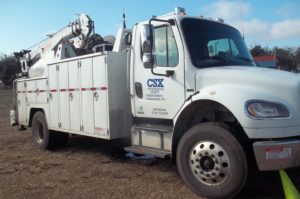 Types of motor vehicles include but are not limited to:
Types of motor vehicles include but are not limited to:
- Motor Truck (CVC 410)
- Pickup (CVC 471)
Per 13.005, commercial vehicles must be registered – and pay fees – based on their gross vehicle weight (GVW).
Based on the above it appears that the California definition of a CMV (aka: Regulated Vehicle) is more strict than the Federal regulations or other states.
Also:
- The transporter of a hazardous waste (RCRA or non-RCRA) must be registered with DTSC.
- CVC §15278(a)(4) requires a HazMat endorsement for those who drive a vehicle requiring placards.
- As noted earlier, asbestos as a Class 9 Miscellaneous is not required to display placards.
- Other hazardous waste (both RCRA & non-RCRA) may require the display of placards depending on the quantity.
- On the CHP website is a good tool for determining compliance: The Terminal Manager’s Compliance Checklist (CHP 800D)
- A bullet point under #31 of the checklist indicates the need for HazMat Employee training (I provide this training).
- For more information contact the CHP at 916.843.3400.
I hope this helps. Please contact me if you require any additional information.
Contact me with any questions you may have about the transportation of hazardous materials by air, highway, vessel, or rail International and Domestic Daniels Training Services, Inc. 815.821.1550 |
That seemed to satisfy him.
The transportation in commerce of hazardous materials – which includes asbestos waste – is subject to the regulations of several agencies: OSHA, for the potential exposure to employees; USEPA, to reduce the impact of its disposal on the environment; USDOT/PHMSA, for its safe transportation on public roadways; and those of your state if the transportation is for a business. Some states, like California, have even more strict regulations for the operation of commercial motor vehicles (CMVs).

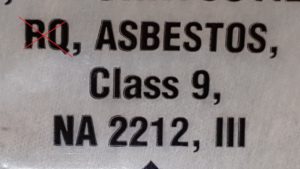
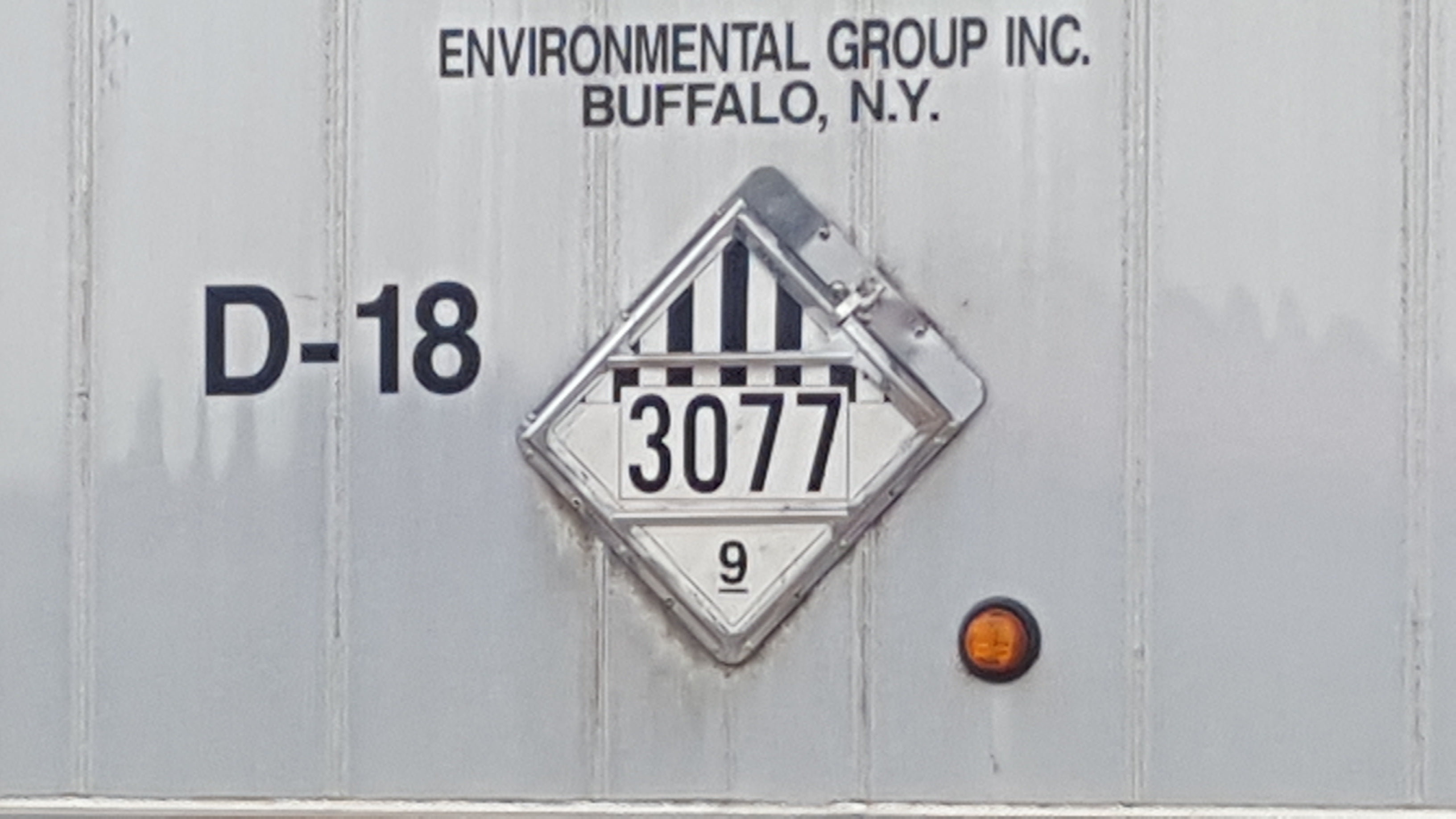
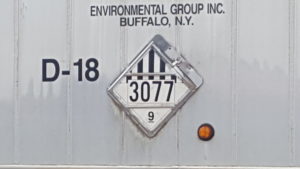

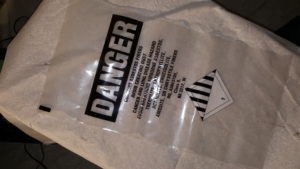
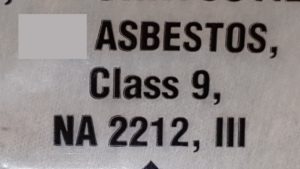
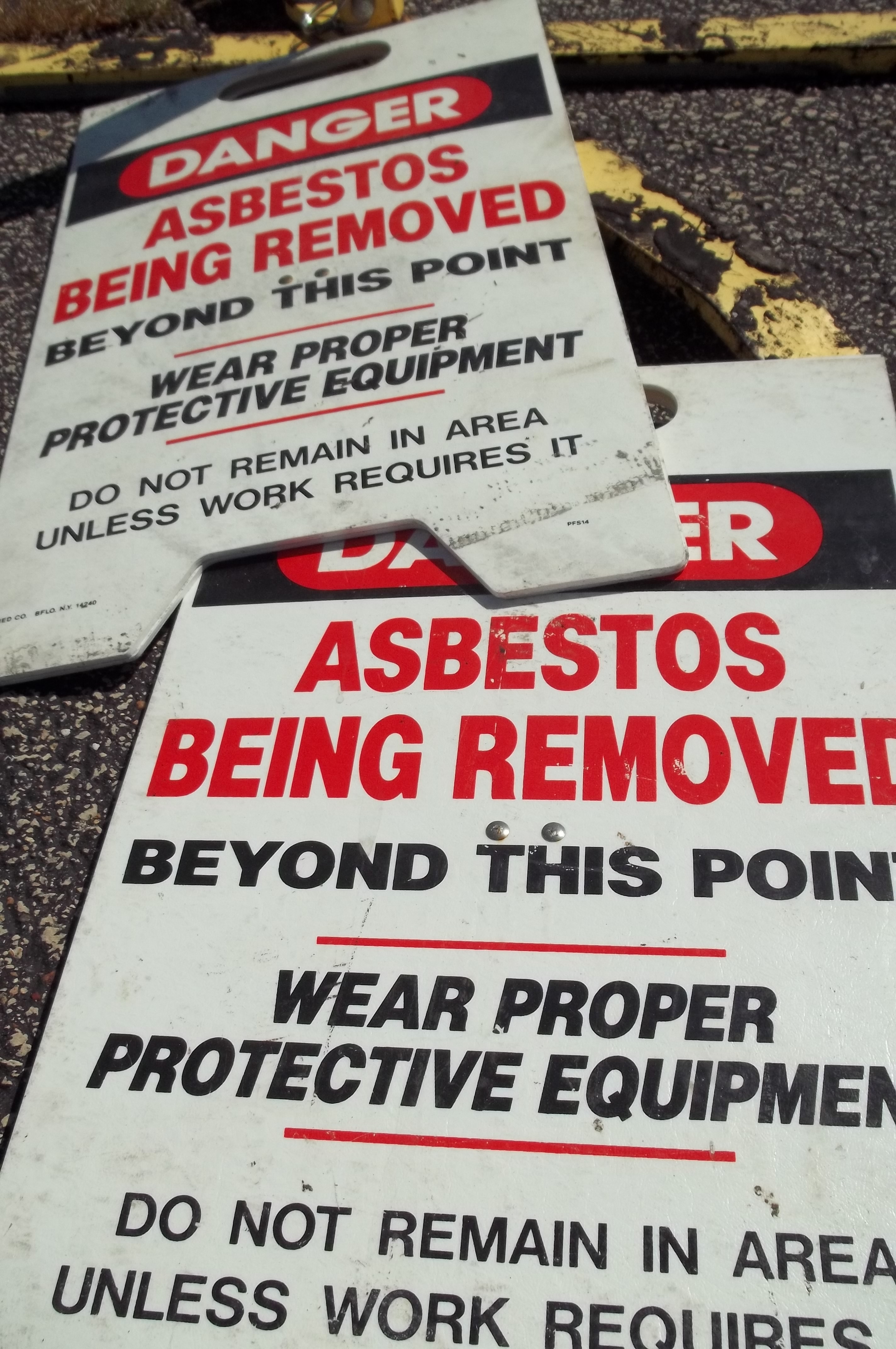
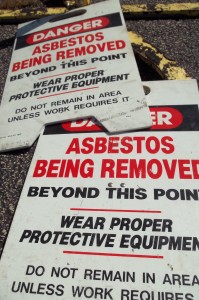 And I meant it…
And I meant it…